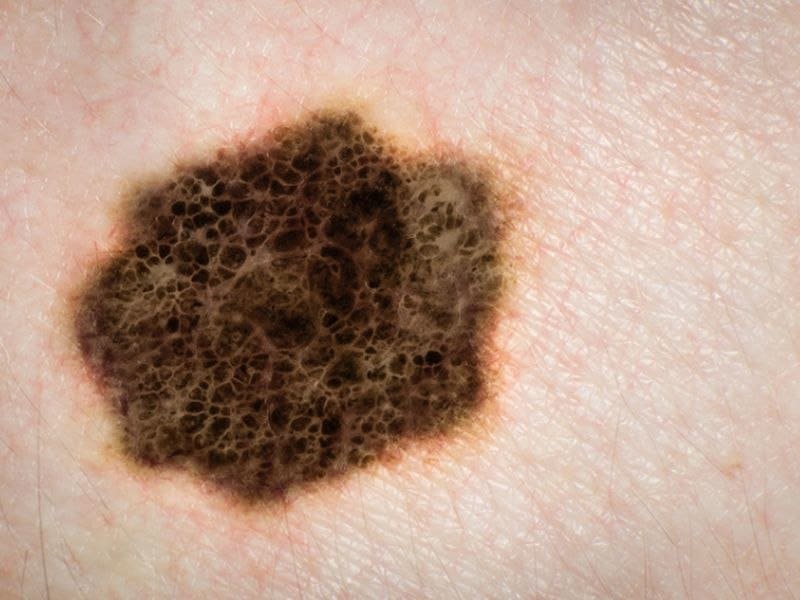Evidence suggests that patients with melanoma of unknown primary (MUP) tend to survive slightly longer than patients with melanoma of known primary (MKP) when controlling for important confounders. Reasons for this difference include the possibility that MUP may have a different biology than MKP, patient with MUP may be diagnosed earlier (stage for stage), or patients with MUP may respond more favorably to treatment.
For a study published in the Journal of the American Academy of Dermatology, Jeffrey F. Scott, MD, and colleagues sought to determine the age-standardized incidence rates, demographic characteristics, survival, and prognostic factors of stage IV MUP and compare them with those of stage IV MKP.
Among nearly 13,000 stage IV MUP cases, the researchers found that the incidence of stage IV MUP increased during the study period, particularly among patients younger than aged 30. In multivariate analyses, age older than 50 and a lack of surgical treatment were negative prognostic factors for stage IV MUP. Relative survival—but not 5-year adjusted disease-specific survival—was higher for stage IV MUP than for MKP.
“One major implication of our findings that influences daily practice is that stage IV melanoma patients who present with an unknown primary share similar prognostic factors as those who present with a known primary and should be managed in a similar fashion,” says Dr. Scott. “Interestingly, patients with stage IV MUP were more likely to be offered surgical treatment than those with stage IV MKP.”



 PWeekly
PWeekly